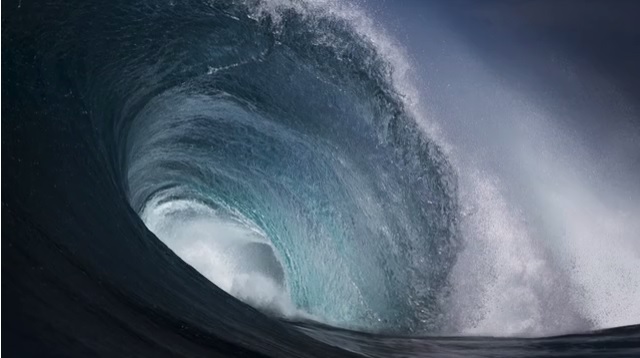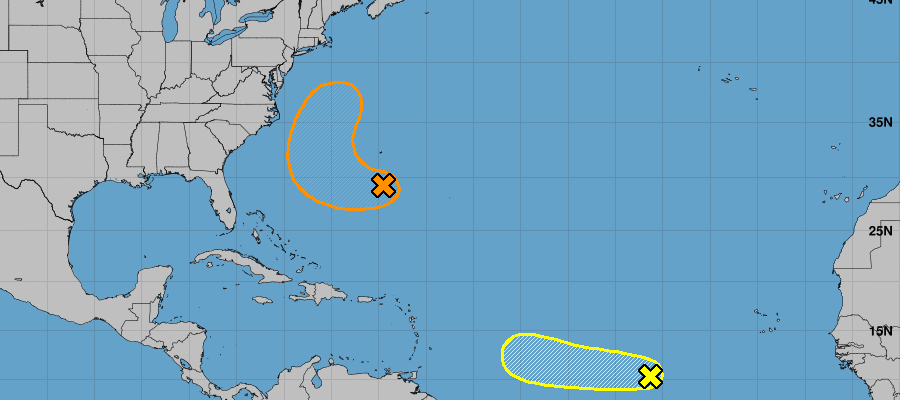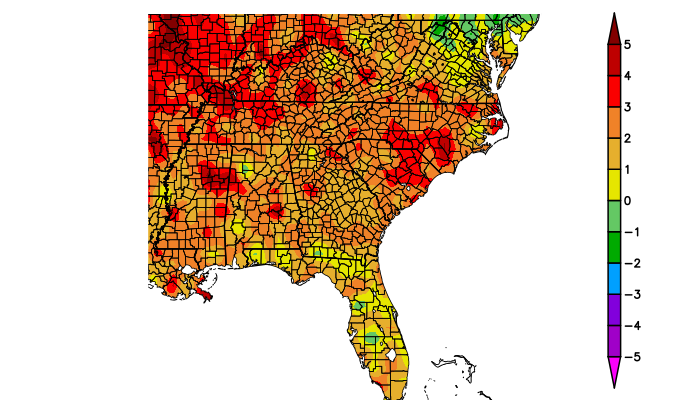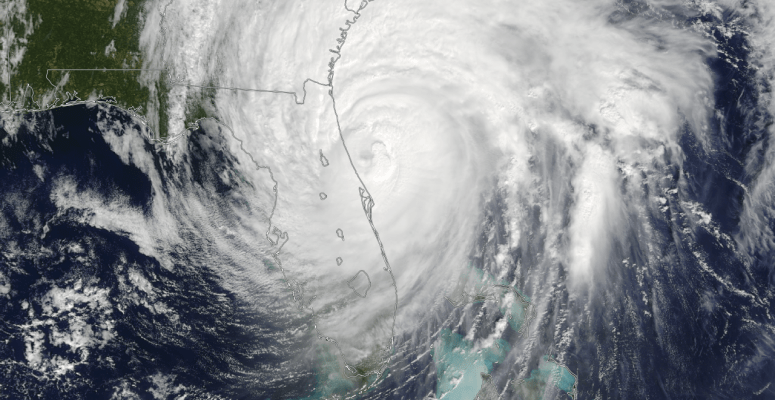-

Did you go to the beach this Fourth of July? I wish I were there now! But if you can’t go, here is a cool video on what makes water waves form from EarthSky. You can view it at https://earthsky.org/earth/what-are-ocean-waves-video.
-

After over a month with no activity, the latest outlook from the National Hurricane Center shows the possibility of two different storms forming in the Atlantic Ocean. One of them, east of the US, has a 60% chance of developing into a tropical storm, but it is likely to turn away from the US before…
Posted in: Tropical weather -

Warmer than normal temperatures in June across the state helped contribute to the development of frequent thunderstorms in the month of June. These storms produced scattered but sometimes heavy rain, causing flooding in some areas while leaving other areas, mostly in the southern half of the state, below normal. In Atlanta, the monthly average temperature…
Posted in: Climate summaries -

The latest UGA IPM bulletin for July 2018 pointed out an interesting story by Clint Thompson about the impacts of the wet May on tobacco production. Estimated losses from the excessive rain are up to 15% of the expected yield by leaching nitrogen out of the soil and drowning the roots. You can read more…
-

The State Climate Office of North Carolina released their monthly climate summary for June 2018 this morning. You can read it at https://climate.ncsu.edu/climateblog?id=260&h=5666e5c1.
Posted in: Climate summaries -

The preliminary High Plains Regional Climate Center maps for the Southeast in June 2018 show that almost everywhere was above normal in temperature, but rainfall was quite variable across the region. More areas were below normal than above normal, but there was a lot of scatter due to the convective nature of summer rainfall. The…
-

The latest hurricane forecast for the 2018 Atlantic hurricane season from Colorado State University was released this week. In this latest forecast they have reduced their expected number of storms due to the cold temperatures in the source area in the eastern equatorial Atlantic Ocean and the developing El Niño in the Pacific Ocean. Their…